Half body CPR training manikin(Sim....
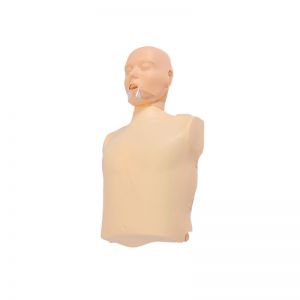
BIX/CPR100A
Advanced fully automatic electroni....

BIX/CPR480
Advanced computer half body CPR ma....
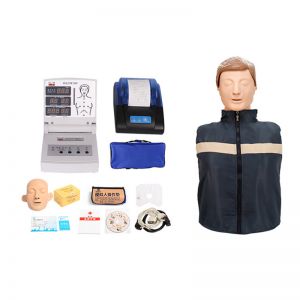
BIX/CPR260
Advanced infant head for trachea i....
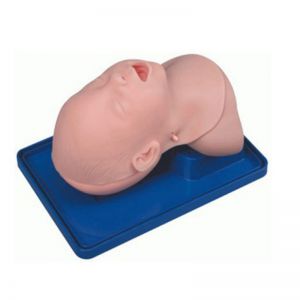
BIX-J3A
Neonate Head for trachea Intubatio....
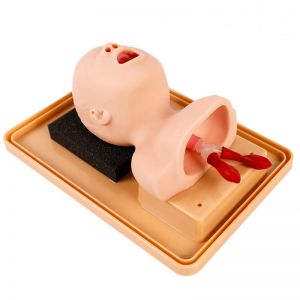
BIX-J2A
Created on:2024-12-12 | bomn
Article tag: Human Bone Model Medical Bone Model BIX-A1003
In the face of a rapidly changing healthcare market, educational institutions and training centers should focus on the continued use of human skeletal models and explore ways to combine them with other technological means to provide a more efficient and com...
With the continuous upgrading of medical education and vocational training, the choice of teaching tools becomes particularly important. In anatomy and related disciplines, the human skeleton model as a traditional and effective teaching aid has always occupied an important position. Even with the increasing popularity of digital educational tools today, bone models are still an indispensable resource in medical schools, training institutions and medical practices with their unique advantages. This article will explore in depth the advantages of using the human skeleton model for teaching and analyze its future potential in conjunction with market trends and data support.
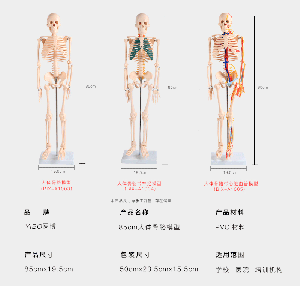
1. Intuitive and real: improve the learning effect
The human skeleton model provides a three-dimensional display of the anatomical structure. Helps learners understand complex human anatomy in the most intuitive way. Compared with two-dimensional maps and digital tools, bone models are touchable and operable, making it easier for learners to grasp spatial position relationships and anatomical details. Studies have shown that the addition of bone model assisted teaching can improve students' Anatomy exam scores by 25% to 30% compared with using anatomical maps alone (Journal of Anatomy, 2020).
In addition, the most realistic proportions and textures of the bone models provide students with an experience close to the real human body, making them more adaptable in clinical manipulation. For example, the complete human skeleton model not only shows the details of 206 bones, but also combines muscle attachment points and joint range of motion to help learners more fully understand the structure and function of the human body.
2. Flexibility and diversity: adapt to different teaching needs
At present, there are many kinds of human bone models on the market, which can meet the teaching needs of different levels. From basic anatomy teaching to advanced clinical training, there are corresponding products for bone models. For example:
- Basic skeletal model: Suitable for beginners medical students to understand basic anatomical knowledge.
- Regional models: such as skull, spine or limb bone models, focusing on the study and study of specific sites.
This flexibility makes the skeleton model suitable not only for classroom instruction, but also for group discussions and individual learning.
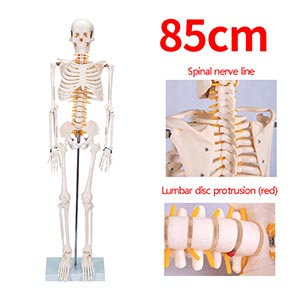
3. Complement digital tools
Although virtual reality (VR) and augmented reality (AR) technologies offer a whole new perspective on anatomy education, these tools still face high costs and technical barriers to adoption. As an economical and efficient tool, human bone model can effectively supplement the deficiency of digital technology.
According to the Medical Education Technology Report 2023, the average cost of using virtual anatomy tools worldwide is $1,000 per student per year, while a standard set of human bone models can have a service life of more than 10 years, and the average cost is less than $50 per year. This cost advantage makes it more attractive in schools and training institutions with limited resources.
In addition, the bone model addresses the operational dependency that digital tools can bring. In the event of power failure or technical failure, the skeleton model can still ensure the continuity of teaching.
4. Continuous demand of medical education market
The demand for human skeletal models continues to grow steadily in the medical education market. According to a report by market Research company Grand View Research, the global medical education model market size will reach $1.58 billion ** * in 2023, of which skeletal models occupy about **30%** market share. This growth is mainly due to the following factors:
1. Global expansion of medical schools: With the increasing investment in medical education in emerging economies, the demand for anatomy teaching resources continues to rise.
2. Medical practice training: The importance of bone model in basic surgical training, rehabilitation education and other fields has become increasingly prominent.
3. Integration of teaching technology: Many educational institutions use bone models in combination with digital tools to provide students with a multi-dimensional learning experience.
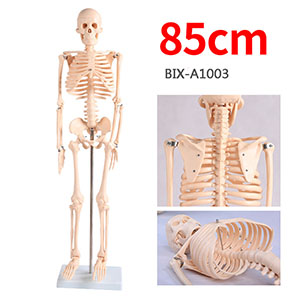
5. Lay a foundation for future medical talents
The goal of medical education is not only to impart knowledge, but also to cultivate students' clinical thinking and practice ability. The bone model provides a solid foundation for the growth of future doctors, nurses and therapists by providing a near-real operating experience.
For example, in the field of physical therapy, the use of bone models can help trainees more intuitively understand the physiological mechanisms of joint movement and bone diseases, so as to design more effective treatment programs. This combination of theory and practice has significantly improved the quality of education.
Summary: The enduring value of models in teaching
The human skeleton model provides irreplaceable value for anatomy education with its intuitiveness, flexibility and economy. Although the rapid development of digital tools has provided more options for education, the unique advantages of skeletal modeling make it still an important place in medical education.
In the face of a rapidly changing healthcare market, educational institutions and training centers should focus on the continued use of human skeletal models and explore ways to combine them with other technological means to provide a more efficient and comprehensive learning experience. This can not only meet the needs of contemporary students, but also train more skilled talents for the medical industry.